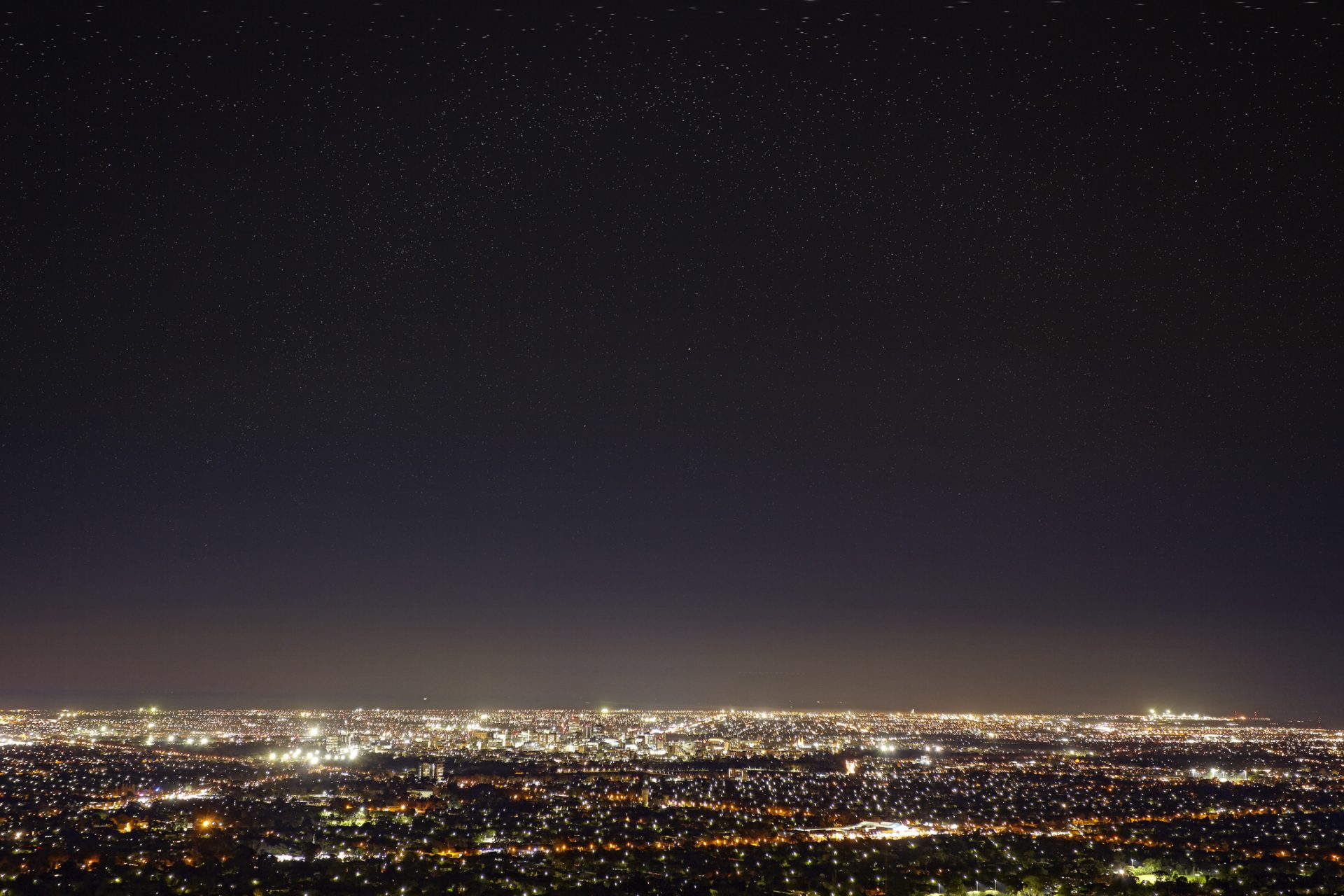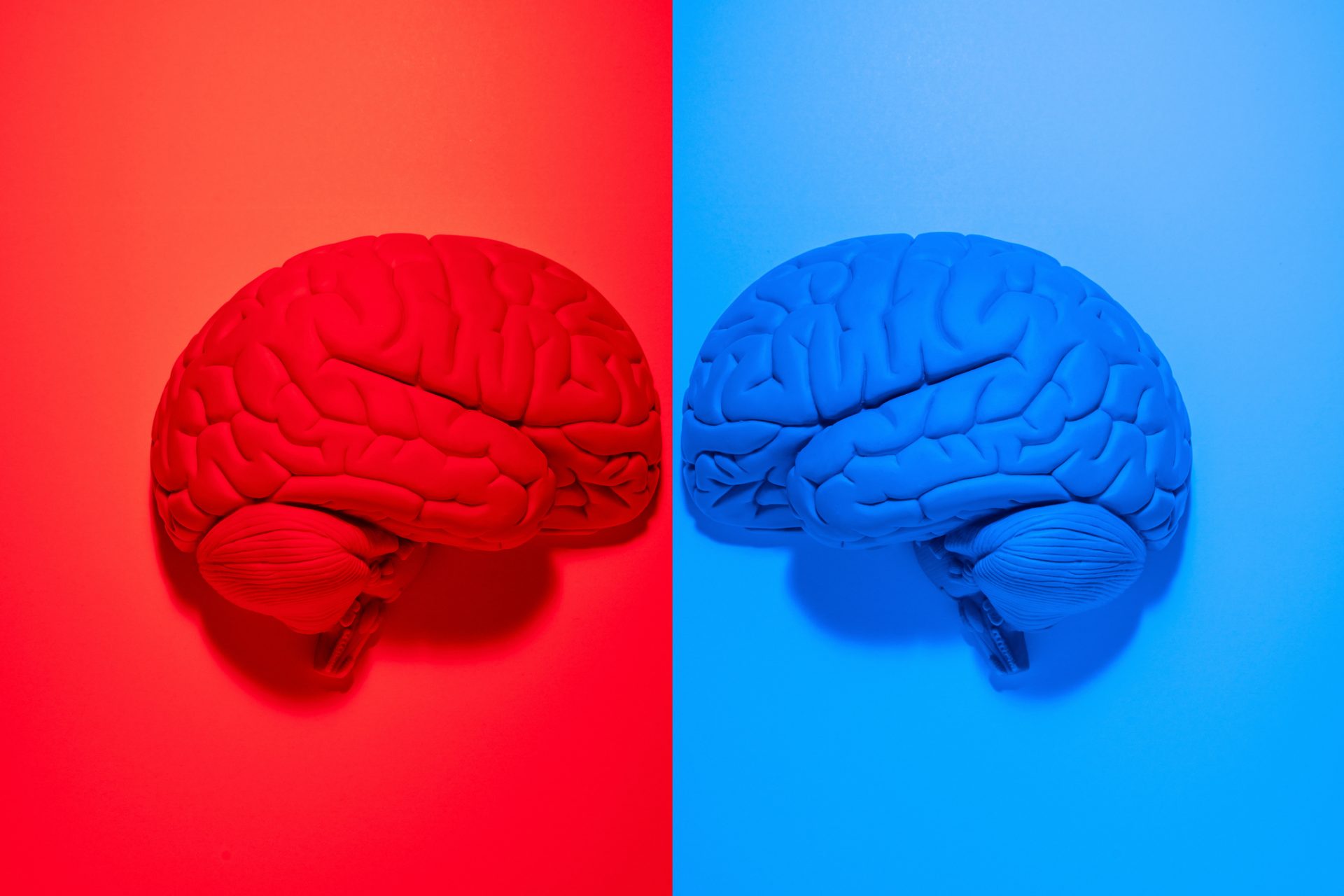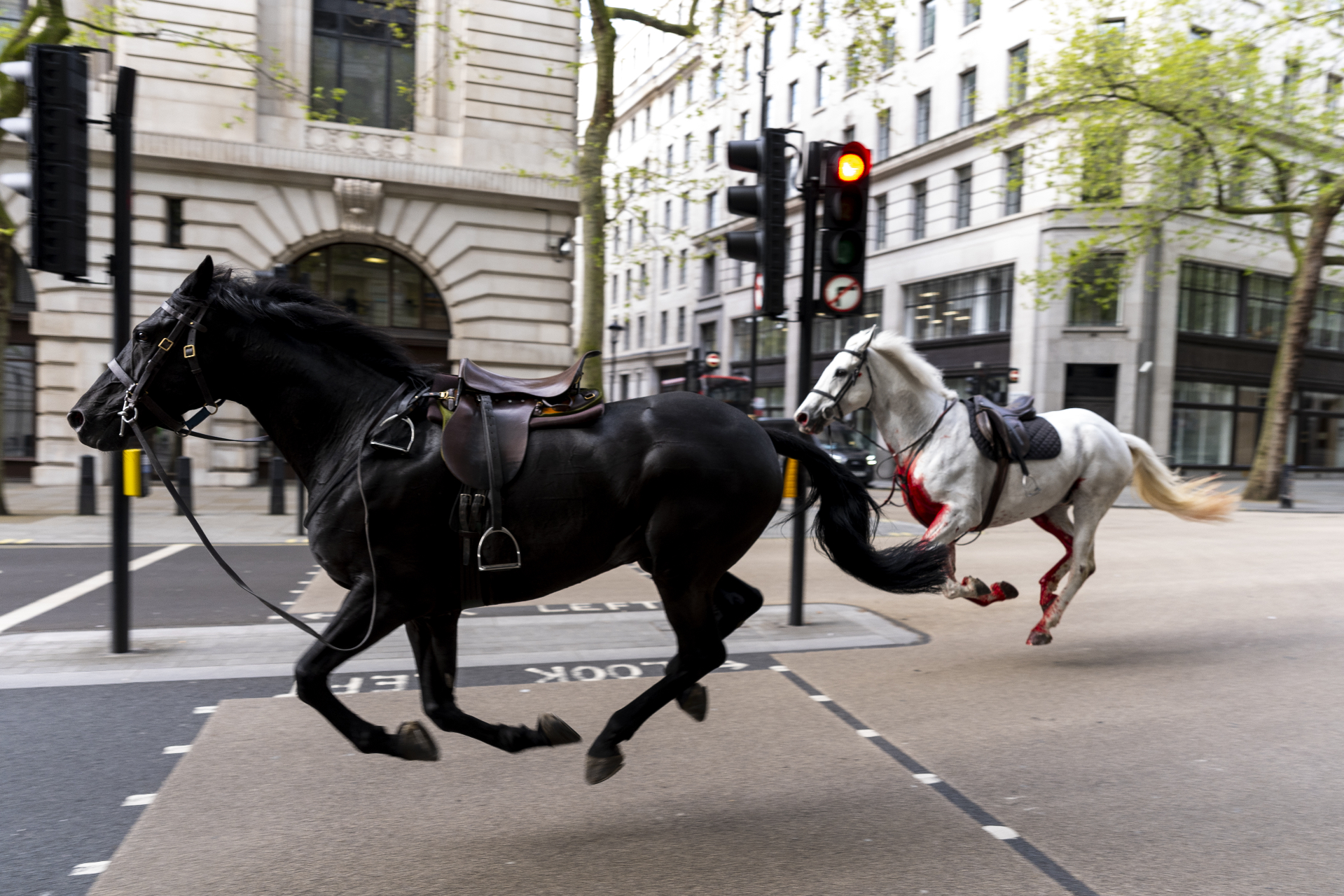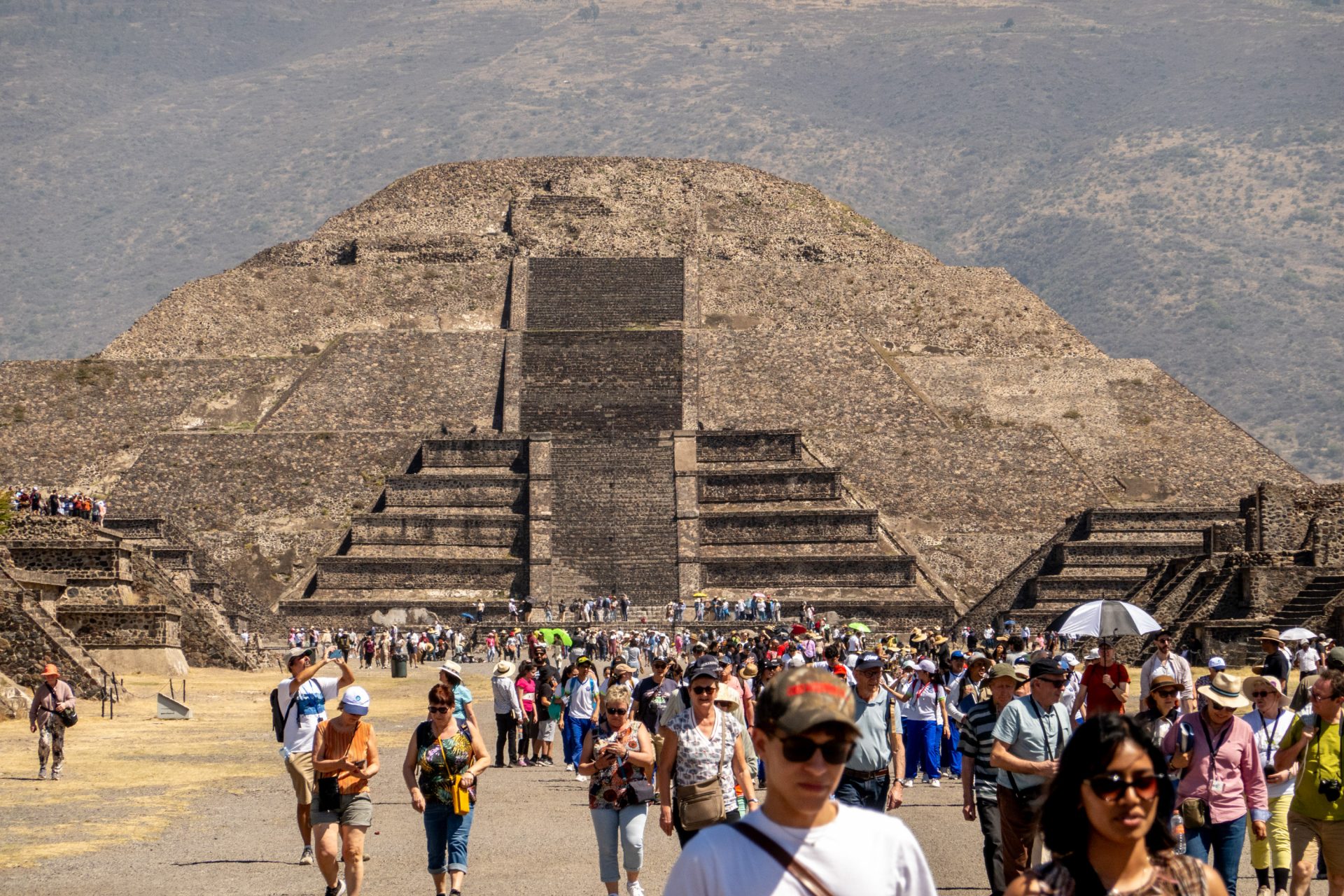No more starry nights? Light pollution is changing our skies
A study, published in the journal Science, revealed light pollution is rapidly reducing the number of stars visible to the naked eye.
Participants were asked to use a website to view a selection of star charts for their location, each showing an incrementally greater number of the stars that exist in that patch of sky and pick the chart that best matched what they could see.
The researchers then created a model that related the number of visible stars to the brightness of the night sky.
Photo: Rad Pozniakov/Unsplash
The change in stars' visibility that people reported by submitting their star counts was equivalent to an almost 10% annual increase in sky brightness every year.
That means, the scientists say, that a child born in an area where 250 stars were visible, would probably see fewer than 100 stars in the same location 18 years later.
“If these trends continue, eventually it will be very difficult to see anything at all in the sky, even the brightest constellations,” said Dr Christopher Kyba, author of the study.
Photo: Jack B/Unsplash
The study’s authors said that the glow produced by artificial lighting grew exponentially over the 20th century with population growth, new technologies, and expansion of towns and cities.
Photo: Jacek Dylag/Unsplash
According to a 2022 study by the European Space Agency, the relatively low cost of LED lighting is also contributing to the problem. They described this as a "lighting paradox".
Photo: Du Wei/Unsplash
It also affects the behaviour of some nocturnal animals, with one recent study linking light pollution with local insect decline.
Photo: Erik Karits/Unsplash
However, the study’s authors said that there is room for improvement and we can all contribute as individuals to reduce light pollution. Here’s how:
After the sun sets, try to get in the habit of using window shades to keep room lights from escaping your house, as it contributes to the light pollution outdoors.
After dark, the bright lights of our screens are not needed, so switch to a dimmer night setting. It’s also good for our eyes.
When using flashlights or headlights outside to illuminate your way, always try to point them down to the ground. Believe it or not, pointing that tiny ray of light upwards does contribute to light pollution.
Many of us are used to absentmindedly turning on the lights full blast after the sun sets, but that’s not at all necessary, as our eyes can adjust rather nicely to low-light settings.
Using candles instead of lamps, not driving at night, turning off lights when not absolutely necessary and unplugging from our tech devices after the sun sets, are all ways in which we can contribute to reduce light pollution.
More for you
Top Stories


































